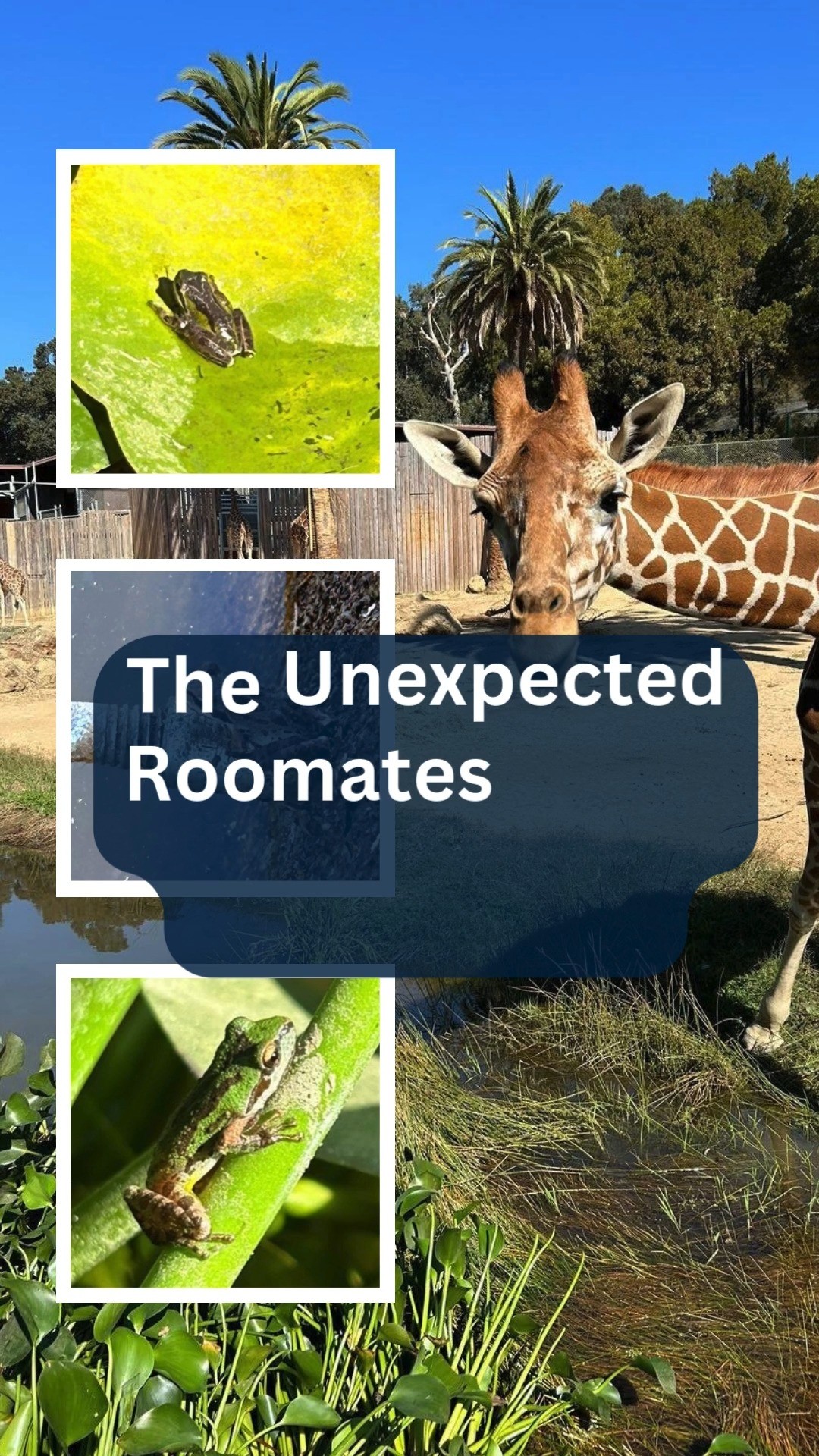- The significance of Knowland Park’s ecological diversity and the role of zoos in wildlife conservation.
- The integration of plant species in giraffe habitats and its effects on local wildlife populations.
- The presence and behavior of chorus frogs in the zoo’s ecosystem during early spring.
- The educational purpose and scientific contributions of zoos in promoting biodiversity.
- The importance of maintaining ecological balance within zoo environments.
Located within the heart of Oakland, California, Knowland Park is a testament to the intricate beauty and delicate balance of ecosystems. Occupying a significant role within this setting is the Zoo, which serves a dual purpose as both a sanctuary for animals and an educational resource for visitors. This article delves into the complexities of this environment, exploring how the zoo fulfills its responsibilities in wildlife conservation and education.
One cannot underestimate the ecological diversity that Knowland Park embodies. The multitude of habitats supports a rich tapestry of flora and fauna, providing essential resources for survival and reproduction. Zoos nestled within such environments are not just attractions; they are vital players in wildlife conservation. They work to protect endangered species and offer a controlled environment where animals can live safely and thrive.
In an extraordinary illustration of coexistence and adaptation, the giraffe habitat within the zoo has become host to an unexpected guest: the chorus frog. This occurrence followed the introduction of various plant species to enhance the habitat’s natural look and utility. These changes inadvertently created a suitable breeding ground for the frogs, highlighting the unforeseen impacts of intentional ecological modifications.
During early spring, a symphony emerges from the moat and lily pad ponds, as male chorus frogs call out to attract mates. Their presence in the zoo presents a unique opportunity to observe mating behaviors and the ecological interactions between species in a controlled setting. This phenomenon attracts not only zoologists but also visitors intrigued by the vibrant calls of these amphibians.
Educational initiatives and scientific research conducted by zoos like the one in Knowland Park are invaluable. They serve as platforms for disseminating knowledge about biodiversity and the importance of conservation. These institutions draw on both scientific expertise and public interest to foster a deeper understanding of our natural world. Through interactive exhibits, guided tours, and outreach programs, zoos engage the public in discussions about ecological stewardship and inspire future generations to safeguard our planet.
Maintaining ecological balance in zoo environments is crucial. Introducing new plant species or other environmental changes can have rippling effects, as demonstrated by the chorus frogs’ arrival. Careful planning and continuous observation are vital to anticipate and mitigate any negative impacts these changes may impose on other resident species. This approach allows zoos to provide authentic, healthy habitats while ensuring the needs of all animals are met.
The Zoo at Knowland Park exemplifies how modern zoos are evolving beyond traditional roles to embrace conservation, research, and education. It showcases the interplay between different species and the effects of environmental changes. These facilities are not merely venues for viewing animals but are instrumental in the conservation dialogue, pushing forward sustainable practices and adaptive strategies in preserving wildlife.
Zoos like the one in Knowland Park urge us to reconsider our interactions with nature. They are a reminder of our responsibility towards preserving the delicate balance of ecosystems, both within their confines and in the broader environment. With their continuous endeavors, these institutions stand as champions of wildlife conservation, nurturing the complex web of life that surrounds us. As such, they invite both reflection and action in our collective journey to protect and preserve our natural heritage.
*****
Source Description
The Zoo is nestled in the heart of Knowland Park, where many wildlife call home. With the introduction of many plants to the giraffe habitat, the giraffe now have some unexpected roommates— chorus frogs!
During early spring, you can hear the loud calls of the male frogs in our moat and lily pad pond, seeking to attract mates. Turn up sound to hear them!
📸 : Nic Hoffman


